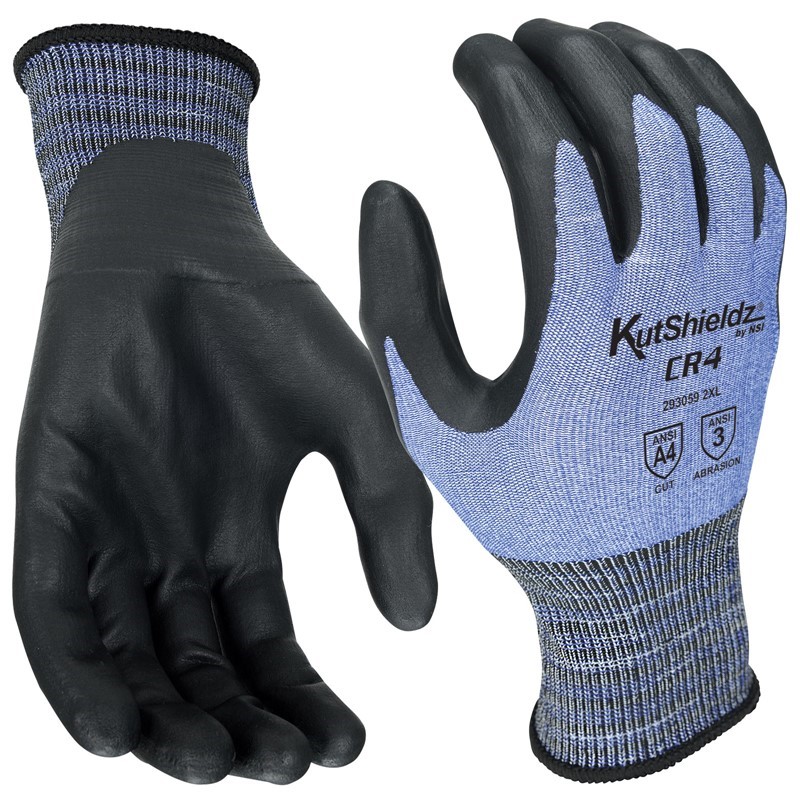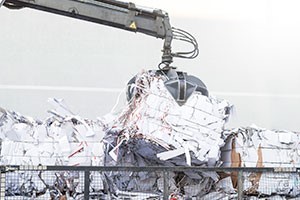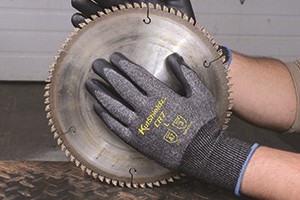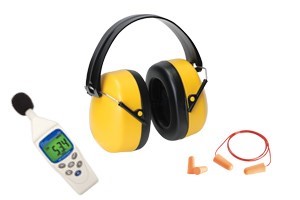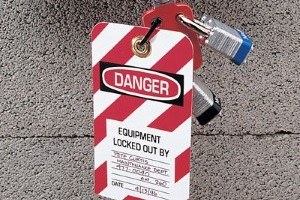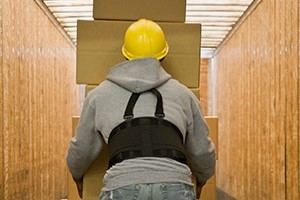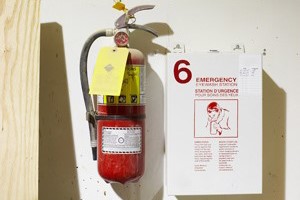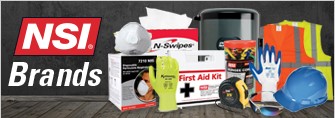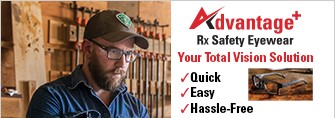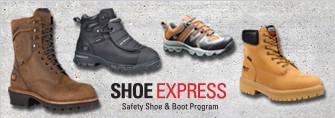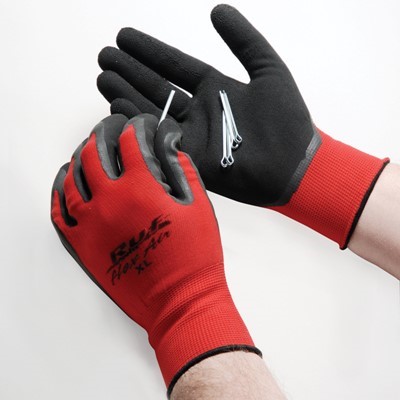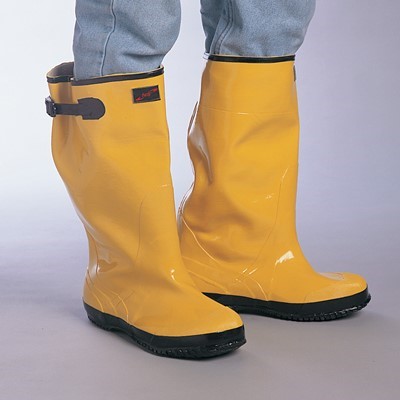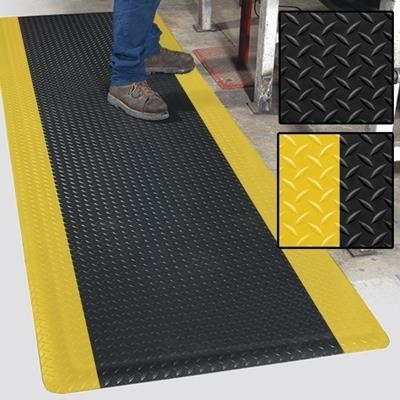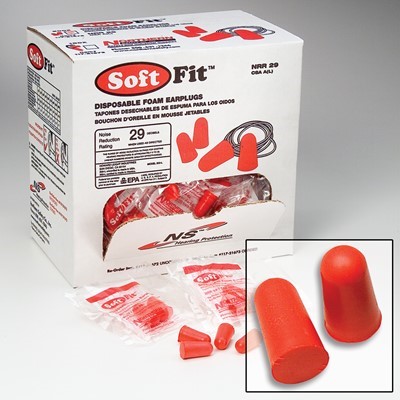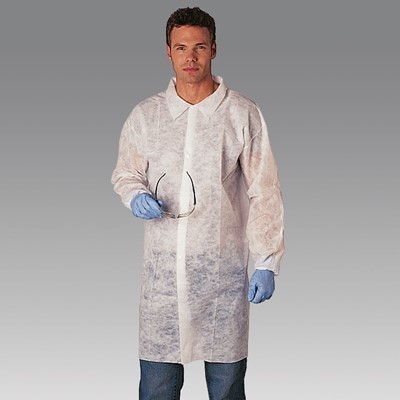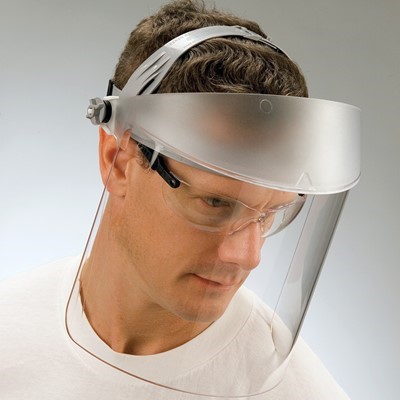
From towering lumber yards to expansive paper mills, the pulp and paper industry is a cornerstone of American manufacturing. It's a vast and evolving sector that produces everyday essentials for both home and work–from the familiar tissues, copy paper, and plywood, to less obvious but equally important components for LCD screens, diapers, and bandages. With consumer demand forecasted to increase, the half million people employed in this industry will count on their employers for tools and PPE to keep them safe and productive. Companies can turn to us to deliver the products and services to meet their daily challenges and achieve their long-term goals.
If you'd like to learn about the benefits of working with a team that's dedicated to helping you achieve more, contact us by calling: 1-800-568-2764 or CLICK HERE
XP Max clothing will help keep your workers comfortable, cool, and protected against the dangerous hazards inside a pulp and paper mill. These garments are made from high performance CarbonX CR80 Repel Material, a patented blend of fibers and a proprietary compound that enables the fabric to shed molten metal, hot or flammable liquids, and certain chemicals like sodium hydroxide, sulphuric acid, hydrogen peroxide, and sodium chlorate. XP Max garments are non-flammable and won't burn, melt, or ignite. It's perfect for applications like line breaking, ash hopper, tank unloading and recovery boiler smelt deck work. Since they're so versatile, workers won't have to change in and out of their clothing when they go from one task to the next, increasing productivity and decreasing downtime. If you're looking for head-to-toe protection for your team, invest in XP Max clothing.
Health & Safety Hazards
Slips, Trips, and Falls
The floors in a paper mill can cause accidents. To stay out of the ER, employees should wear footwear with non-slip soles that provides adequate traction and is appropriate for the work conditions. It's also important to use common sense, look in the direction that you're walking and avoid distractions, like using a cell phone or tablet. Employees can also avoid falls by keeping walkways free of clutter, using ladders properly, holding the railings on stairways, and deploying personal fall arrest systems (PFAS) where necessary.Struck By/Caught In/Caught Between Incidents
Employees in pulp and paper mills work around powerful machinery and heavy objects, making struck-by, caught-in, and caught-between accidents a constant risk. Hard hats, steel toe footwear, and safety eyewear are among the personal protective equipment (PPE) that prevents injury.Musculoskeletal Disorders (MSD)
When workers lift heavy objects, reach overhead, bend into awkward positions, or perform repetitive tasks, they are prone to musculoskeletal disorders (MSD). These conditions include sprains, strains, and other harm to muscles, ligaments, nerves, and tendons. These injuries, and their accompanying costs, can largely be prevented by applying ergonomic principles. The Occupational Safety and Health Administration (OSHA) recommends seven steps in executing an ergonomic process: provide management support and commitment, involve workers, provide thorough training, identify problems, encourage early reporting of MSD symptoms, implement solutions to control the hazards, and evaluate progress.Combustible Dust
Pulp and paper mill personnel who are exposed to wood, paper, or pulp particulate matter face fire and explosion risk. Employers must develop and implement a combustible dust inspection and control plan, establish strict cleaning protocols, and work to eliminate or reduce sources of ignition.Burns
High heat, chemicals, and hot substances, risking alkali/thermal, hot ash, and chemical burns are everyday possibilities in paper mills.These aren't just minor injuries: a single mistep can lead to severe damage. Administrative and engineering controls along with appropriate clothing and face protection can help prevent these injuries.Sharp Surfaces
Cuts and lacerations are a persistent threat in paper mills and can result from exposed screws on machinery, creping and doctor blades, and sheets of baled product. Cut-resistant gloves and sleeves, along with durable clothing like long work pants and coveralls help prevent exposure to cuts and scrapes.Noise
Mill and plant employees are often in loud environments. Prolonged exposure to both loud noise and sudden bursts of noise heavily impact hearing. OSHA requires employers to address hazards to hearing. Controlling noise exposure and using ear plugs and ear muffs prevent hearing loss on jobsites.Hazardous Chemical Exposure
Burns, dermatitis, and inhalation sickness can affect those in workplaces with hazardous chemicals. Employers must use engineering and administrative controls, identification labels, safety data sheets (SDSs), and employee training to limit exposure. Gloves, sleeves, coveralls, respirators, and spray socks are examples of helpful PPE.Extreme Temperatures
Excessive heat makes the work in the pulp and paper field more difficult and puts employees at risk for illness. High heat and humidity causes dehydration, heat stress, and heat stroke. Frequent breaks, proper hydration, and air circulation help workers stay well.Regulations
Recognizing and controlling hazards is essential in averting injuries and deaths in the pulp and paper industry. To prevent these incidents and remain compliant, safety programs should be structured according to Occupational Safety and Health Administration (OSHA) and National Fire Prevention Association (NFPA)regulations. A successful program should encompass the hierarchy of controls, training on operational procedures and risks employees might encounter, as well as proper personal protective equipment (PPE). Read below about some of the regulations put in place by OSHA and NFPA.








